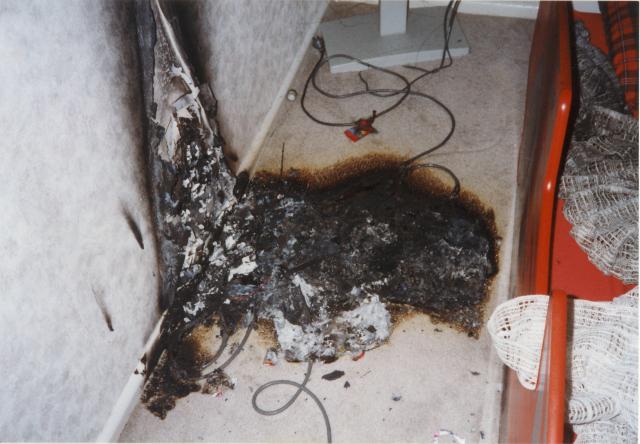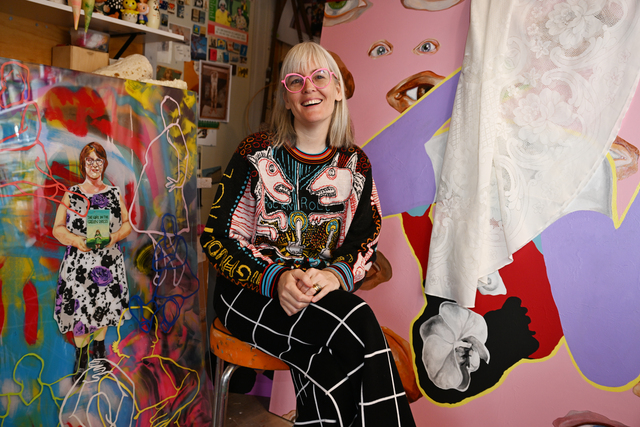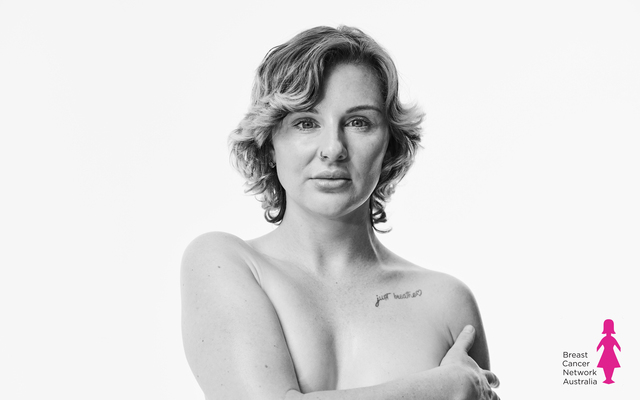Brimbank has Melbourne’s equal highest jobless rate, despite a drop in the number of people without jobs, new data reveals.
National Skills Commission data reveals Brimbank’s unemployment rate fell to 6.4 per cent in September 2023, down from 7.2 per cent 12 months prior.
Despite the drop, Brimbank’s unemployment rate ranks equal highest with Greater Dandenong.
Kings Park and St Albans North are among some of the suburbs with the highest unemployment rates in the state, wth 9.5 and 9.6 per cent respectively.
The Victorian unemployment rate was 3.9 per cent.
Director of city futures at Brimbank Council, Kelvin Walsh, said unemployment was an ongoing concern for council.
“Brimbank has a higher unemployment rate compared with Greater Melbourne. This is a consistent long term trend, partly attributed to historical factors within the City including some higher levels of socioeconomic disadvantage in parts of the municipality,” he said.
“Council is focused on reducing the unemployment rate in Brimbank through improved employment pathways, upskilling and job readiness for our community and facilitating jobs generating investment attraction through the Economic Development Strategy 2022-2027.
“Historically the reasons for higher unemployment in Brimbank have been the impacts of broader international, national and state level economic restructuring over the past 20 years and while manufacturing is still the dominant industry, many of the new and emerging industries are seeking employees with higher qualifications or they employ less people.”
Taylors Hill-based not-for-profit organisation Future Connect chief executive Deirdre Hardy noted a number of reasons for the high employment rate throughout Brimbank.
Future Connect helps create opportunities that lead to improving education, training and employment pathways for young people in Brimbank.
“What we have noticed is that post-COVID, a lot of people mid-career have wanted to move jobs and have been able to, but for people just starting a career, particularly in skilled work, it can be really difficult to find a job,” she said.
“A lot of people we see struggling for jobs in Brimbank lack social capital. This is often because many young people living here have one or both parents born overseas, giving them a poorer network, and seeing them adopt intergenerational trauma.
“There are lots of industries with shortages, such as manufacturing, where employers could be more flexible about what they’re looking for, a lot of jobs have a stock standard requirement needing a licence, first aid training, and a white card, even if it isn’t really needed for that specific job.
“For young people of low socio economic status in Brimbank, they may struggle to access a car or even a licence, meaning they are unable to attain these jobs.”







